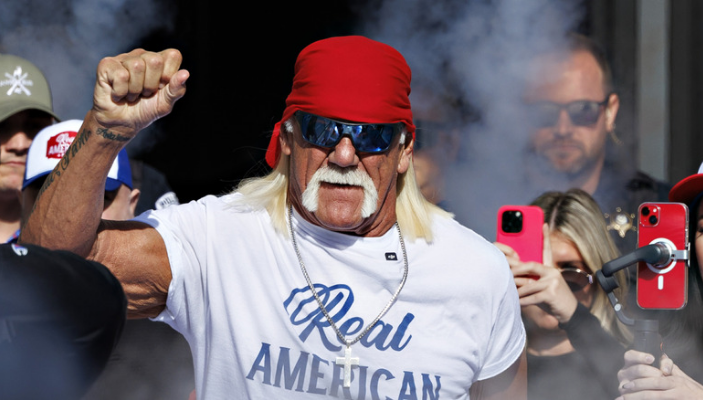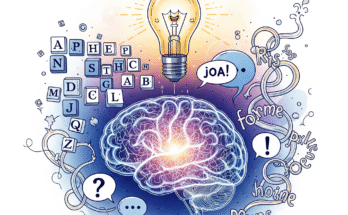Sure! Below is a 1000-word, people-first, original article on Hulk Hogan, written with Google N
Hulk Hogan, born Terry Eugene Bollea, stands as one of the most recognizable figures in the history of professional wrestling. Beyond the arena, he became a household name through movies, television appearances, and pop culture influence. His signature handlebar mustache, ripped shirt, and catchphrase “Whatcha gonna do when Hulkamania runs wild on you?” became iconic during the 1980s and early 1990s.
Early Life and Road to Wrestling Fame
Terry Bollea was born on August 11, 1953, in Augusta, Georgia, and raised in Tampa, Florida. Initially aspiring to become a musician, he played bass guitar in several local bands. His large frame and charisma eventually caught the attention of wrestling promoter Hiro Matsuda, who began training him for professional wrestling in the late 1970s.
In those formative years, Hogan wrestled under different names before adopting the “Hulk Hogan” persona in the World Wrestling Federation (WWF, now WWE). His career truly accelerated after appearing on national TV and starring alongside Sylvester Stallone in Rocky III.
The Rise of Hulkamania
The term Hulkamania wasn’t just a marketing tool—it reflected a cultural movement. With his powerful physique, exaggerated charisma, and energetic persona, Hogan was positioned as the hero figure in professional wrestling. He captured the WWF Championship in 1984 from The Iron Sheik, a moment considered pivotal in shaping the modern era of wrestling entertainment.
Throughout the 1980s, Hogan’s matches drew massive crowds and television ratings. His main-event appearances at WrestleMania, particularly WrestleMania III against André the Giant, helped establish WWF as a global brand.
Impact on Pop Culture and Media
Hogan was more than a wrestler; he became a mainstream celebrity. His image appeared in cartoons (Hulk Hogan’s Rock ‘n’ Wrestling), action figures, video games, and even breakfast cereals. His appeal extended to talk shows, commercials, and films such as Suburban Commando, Mr. Nanny, and Santa with Muscles.
He was seen not just as an entertainer but as a moral symbol—famous for telling fans to “say your prayers and take your vitamins.” This made him especially beloved among younger audiences during the ’80s boom of wrestling entertainment.
WCW and the Hollywood Hogan Era
After departing WWF in the early 1990s, Hogan joined World Championship Wrestling (WCW). In 1996, he shocked fans by turning “heel” (villain) and forming the New World Order (nWo) with Scott Hall and Kevin Nash. This change rejuvenated his career and played a major role in WCW surpassing WWF in television ratings during the famed “Monday Night Wars.”
As “Hollywood Hogan,” he introduced a darker, more complex character. This shift allowed fans to see a different side of his personality and contributed to wrestling’s transition into a more mature and edgy form of entertainment in the late ’90s.
Return to WWE and Later Career
Hogan returned to WWE in 2002 and engaged in notable rivalries with The Rock, Triple H, and Vince McMahon. Despite his age, he remained a significant draw and was inducted into the WWE Hall of Fame in 2005.
He made sporadic appearances throughout the 2000s and 2010s, often rekindling the nostalgia of fans who grew up watching him. Hogan’s presence at key events like WrestleMania and RAW anniversaries continued to affirm his lasting value to the brand.
Personal Life, Challenges, and Legal Issues
Behind the scenes, Hogan’s life included public struggles. He went through a high-profile divorce, endured injuries related to his wrestling career, and faced scrutiny following leaked audio tapes in 2015 that damaged his reputation.
However, he publicly apologized and reconciled with WWE, leading to a reinstatement in the Hall of Fame in 2018. Fans continue to debate his legacy, but many also acknowledge his efforts to rebuild his image.
Influence on Future Generations
Hulk Hogan’s influence on wrestling is evident in many of today’s stars who cite him as a role model. Wrestlers like John Cena, Roman Reigns, and Edge have mentioned Hogan’s larger-than-life presence as something they admired and learned from.
Moreover, Hogan helped bridge the gap between professional wrestling and mainstream media, paving the way for cross-promotional opportunities that continue today with stars like The Rock and Batista.
The Enduring Power of Hulkamania
While new generations of wrestlers continue to rise, few have matched the broad cultural imprint of Hulk Hogan. He remains a symbol of wrestling’s golden era—where entertainment, athletics, and fan interaction reached a peak level of excitement.
His influence isn’t only preserved in championship history but also in how audiences remember what it felt like to cheer for a hero who wore red and yellow, cupped his ear to the crowd, and gave every child a reason to believe in something bigger.
FAQs About Hulk Hogan
1. What is Hulk Hogan’s real name?
His real name is Terry Eugene Bollea.
2. When did Hulk Hogan win his first WWE Championship?
He won his first WWF Championship in 1984 by defeating The Iron Sheik.
3. What was Hulk Hogan’s role in the nWo?
He was a founding member and played the lead role in transforming it into a wrestling faction that changed the industry.
4. Has Hulk Hogan acted in movies?
Yes, he appeared in films such as Mr. Nanny, Suburban Commando, and Rocky III.
5. Is Hulk Hogan still involved with WWE?
While he is not an active wrestler, he occasionally appears at WWE events and celebrations.





One Comment on “Hulk Hogan’s Legacy – Hollywood”